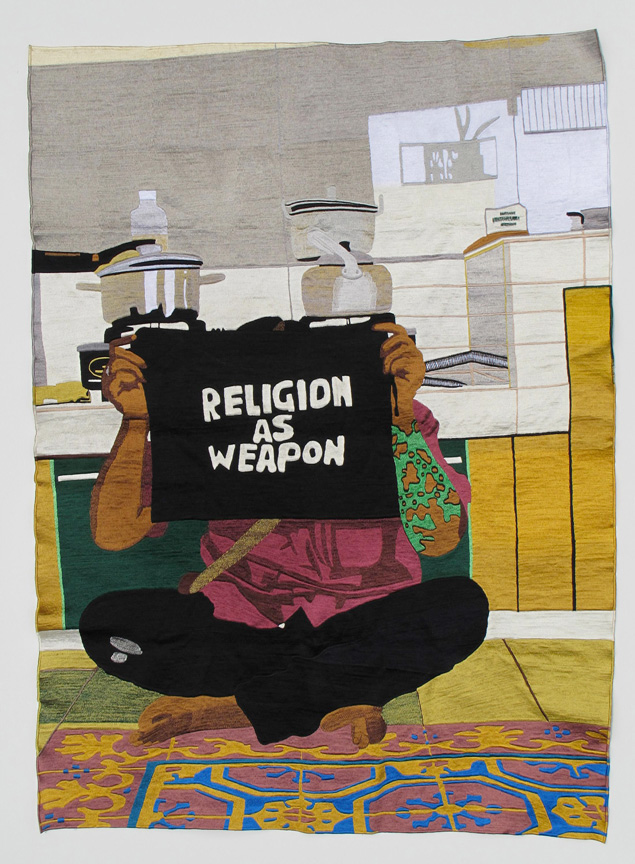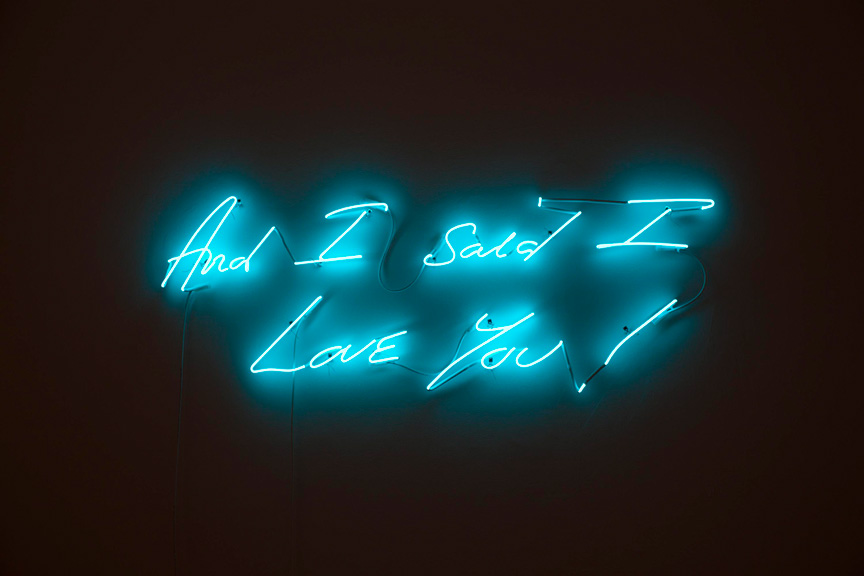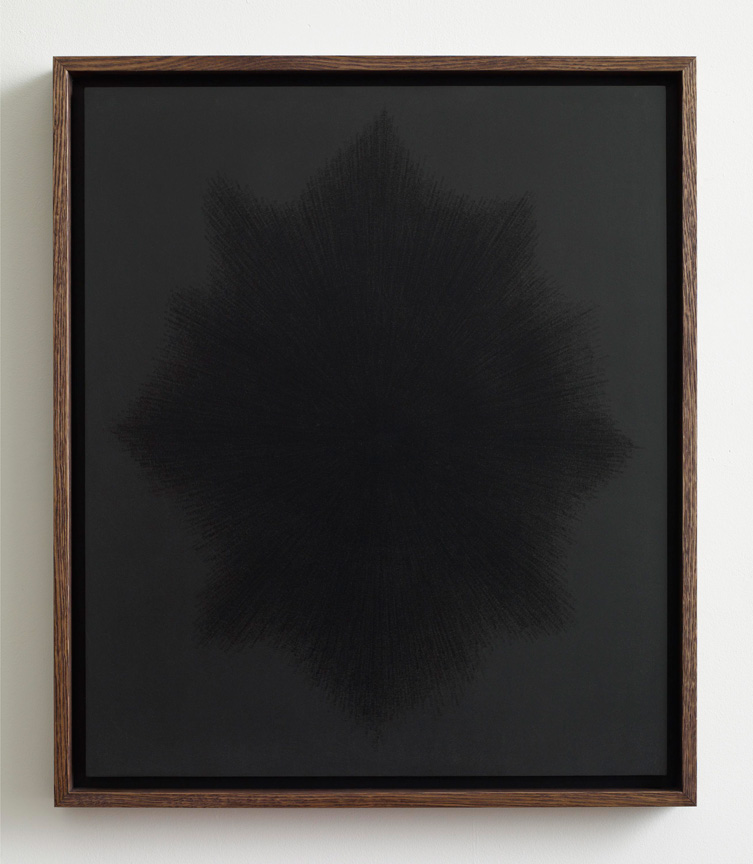Shows
“Writing Without Borders” at Lehmann Maupin


This was one for the purists. 14 works, 11 artists, no captions, one “renowned international curator,” one heavyweight theme. “Writing Without Borders,” conceived by Hervé Mikaeloff, longtime curator for Louis Vuitton, aimed to embrace the diverse practices of a wide-ranging selection of artists through a common thread in their work: engagement with the nature of language.
The areas of exploration within this topic—writing as gestural form, as historical record, as graphic sign, as biographical testimony and more—were wide indeed. Moments of contradiction and tension between sign and image, between mystery and clarity, between the indecipherable and the revealed, between symbolism and meaning, and even between Eastern and Western civilizations, were all to be addressed.
The gallery’s ambition to host a challenging, curated group show was clear, and it was encouraging to see figures as diverse as Barbara Kruger and Pak Sheung Chuen brought in alongside gallery artists to this end. The intended message was “substance,” and there were certainly moments commensurate with this. He An’s glowing blue LED lightbox I hate owning and to be owned (2013) drains away the likeable sentimentality of his earlier works, but retains their allure. Its distorted script offers and withdraws meaning yet remains seductive, hovering between typography and abstraction, cartography and cityscape. Two of Eko Nugroho’s “embroidered photographs” from his “World Words” series (2012) continue the turning outward of his practice, with strident religious sloganeering contrasted with conspicuously ordinary surroundings, which, emptied of superfluity by the medium, accentuate its absurd, futile, or even tragic, qualities.

It did not feel in all instances that the works selected were among the artists’ best. Idris Khan, usually so adept at intelligent appropriation, seemed to tip over into a wan hubris with two canvases composed of sentences of black type rotating against black backgrounds, overlaid to the point of illegibility, forming what could be seen as explosions of creation or destruction. Occasional words—“tear,” “obedience,” “life,” “difficult”—presumably from some suitably portentous source, can be discerned after sufficient squinting, but the effort seemed disproportionate.

Teresita Fernández’s Night Writing (Tropic of Capricorn) (2011) had been extracted from a series of lurid magenta prints in which a sky of mirrored, Braille-like dots is reflected in water. Curiosity is piqued, but little else, by this strangely cold work. The reference is to “Ecriture Nocturne,” a code created to allow Napoleon’s soldiers to communicate in the dark. Are we supposed to reflect on humanity’s misuse of nature in the pursuit of war? Perhaps this long, attenuated print’s removal from its larger companions reduces its impact? Sadly, once curiosity has been satisfied, there seems little reason to linger. Turning instead to Robin Rhode’s or Tracy Emin’s recent offerings was merely to be bathed in a benign glow of familiarity, and perhaps even nostalgia.

These works did not, in quality or quantity, bear the weight of the exhibition’s premise, nor did they effect any coherent discourse, appearing as threads dropped from a far larger tapestry. Lehmann Maupin’s Hong Kong location has a diminutive 100 square meters of gallery space, bearing little comparison with its glamorous New York equivalents. To have high ambitions for a new gallery is undoubtedly laudable. Sadly, this may be a case in which it would have been better to know, and accept, one’s limitations. It is regrettable that an institution of the intellectual and financial substance of Lehman Maupin must learn to cut its cloth to suit rents in Hong Kong’s Central district. Yet the difficult business of turning challenge into opportunity is, for better or worse, a necessity in today's art world.
Writing Without Borders is on view at Lehmann Maupin, Hong Kong from May 22–August 24, 2013.







